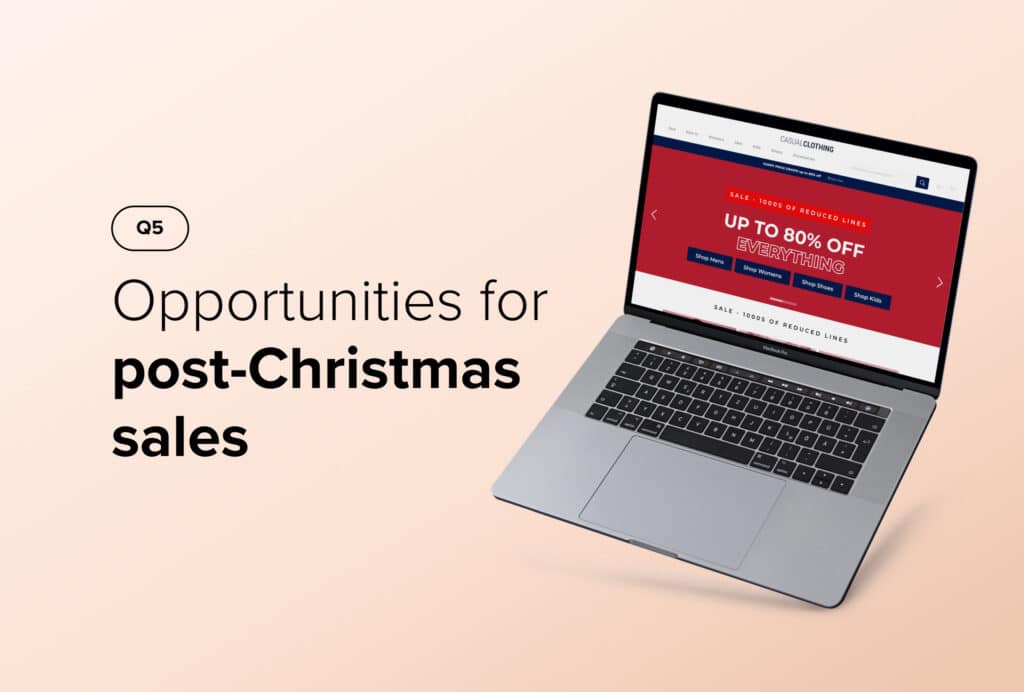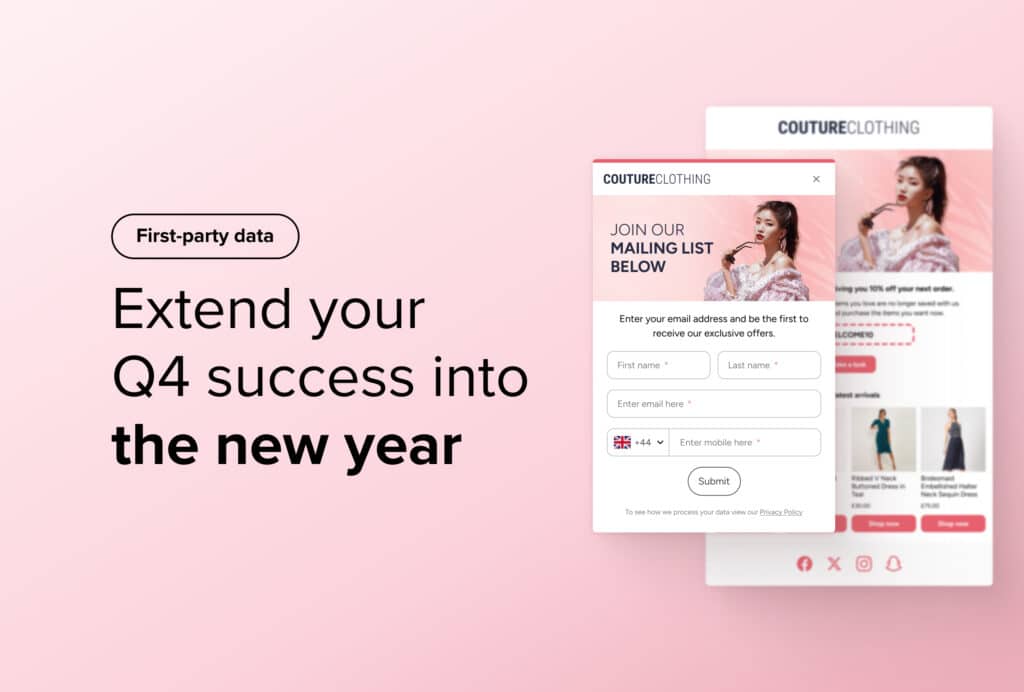5 Easy Ways to Get Started with CRO
By Courtney O'Riordan • Last updated: Wednesday May 1st, 2024
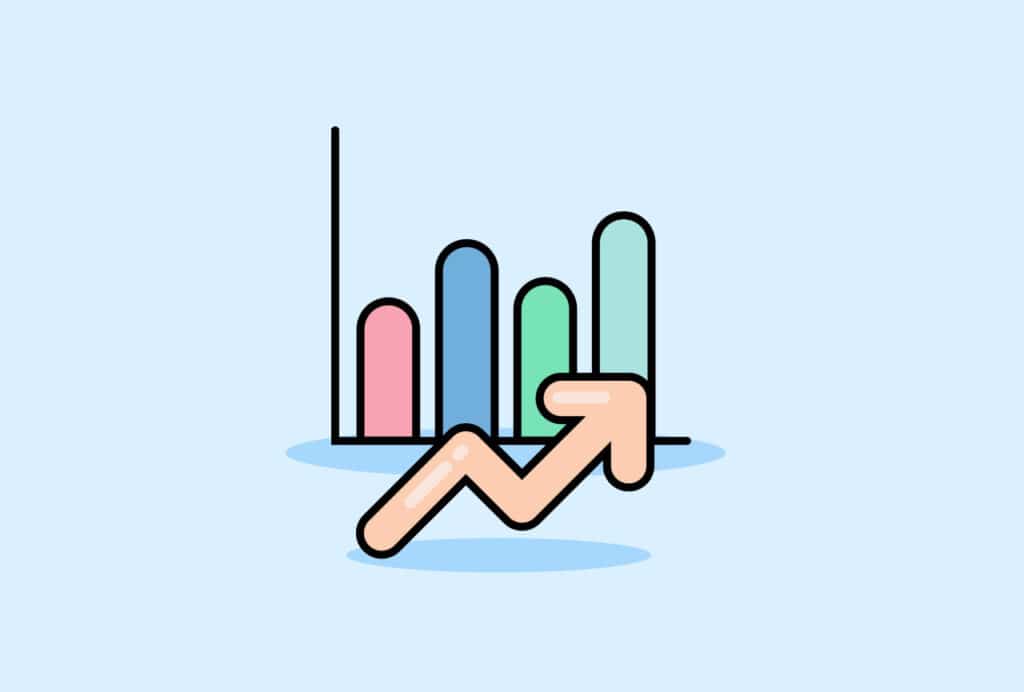
Your customers may not behave the way you want them to no matter how much traffic your website receives. This is where conversion rate optimisation comes into play.
CRO is the process of increasing the percentage of visitors who convert on your site. You can begin to do this by introducing elements that will lead your customers down the sales funnel.
Globally, the average eCommerce conversion rate stands at 2.58% across devices.
If you’re looking to get your average closer to this figure or your personal goal, here are 5 simple ways to get started.
Getting started with CRO
1. Get to know your customers
Treat your customers like your friends.
By this we mean you should take the time to get to know their needs, build a relationship and treat them accordingly.
You can begin to do this by digging into your analytics and analysing on-site behaviours.
Looking out for pages with high bounce rates and where customers are leaving your site will allow you to act effectively to reduce these numbers.
Similarly, discovering your site’s most successful pages is equally as important.
Knowing this will allow you to pinpoint elements of your site that are thriving and allow you to replicate these elements to parts of your site that are underperforming.
All the information you acquire will prove to be invaluable in optimising your site to be in line with the needs of your customer and increasing your conversion rate.
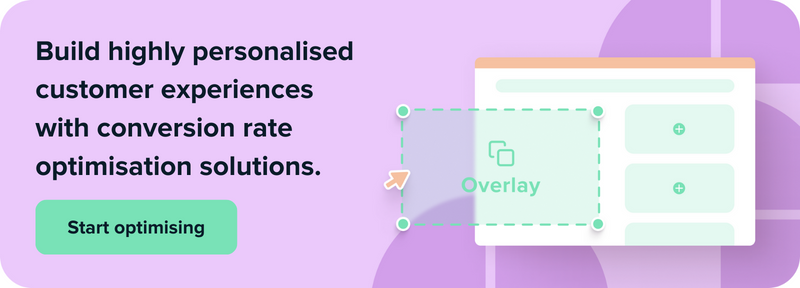
2. Personalise
Personalisation is key when it comes to engaging with customers.
A quick and easy way to do this is through tools such as Recommendations.
Utilising this tool encourages the exploration of your website by showing your customers the products they want, making it more likely for them to add to their basket and reduce bounce rates.
Presenting visitors with personalised recommendations, from their first click on your homepage to their last click at checkout, will work to maximise product engagement and increase revenue.
Complement your product personalisation strategy with Overlays.
This on-site messaging is triggered based on a visitor’s on-site behaviour.
In other words, you’ll be able to deliver the right message or show them the perfect product at the right time.
An essential move in re-injecting exiting visitors back into the purchasing funnel and increasing your overall conversion rate.
Related: Drive Sales with a Personalised Product Discovery Experience.
3. Review your landing pages
A high performing landing page can produce a conversion rate of up to 5.31% or higher.
This page being the first touchpoint for many potential customers makes it the perfect opportunity to reduce your bounce rate.
Optimising your page through CTAs, action-focused copy and appealing design are just a few simple steps you can take to get started.
Remember to review your landing page regularly, even after you have finished optimising it.
As you continue to make improvements, you’ll be able to focus on pain points that are preventing a customer from checking out.
4. Enhance the user experience
The chances of a user leaving your site will increase by 32% if page loading time increases from 1% to 3%.
With this statistic in mind, it’s clear to see that every second counts for a customer.
This holds true not only for fast loading times but also for fast search times.
Search results taking even a second too long to load could mean you lose a potential customer.
This is exactly why improving your website navigation is essential in optimising your conversion rate.
A key part of navigating through a site is the search bar.
With an instant site search, results can be presented to a visitor within as little as 0.001 seconds which has been proven to increase conversion rates by up to 16%.
Connecting your customer with the product they are searching for within a blink of an eye will upgrade your overall user experience.
A simple yet effective tool that takes five minutes to set up.
5. Make use of retargeting
Every time a visitor makes a purchase, abandons their basket or simply uses your website in any way they produce cookies.
These cookies give you the information needed to target that potential customer with relevant ads, enticing them to return to your site.
You don’t need to worry about deterring them from returning to your website through targeted ads.
Studies show 30% of users have had positive or very positive experiences with retargeting ads.
Another easy way to retarget customers is to recover lost sales through triggered emails.
The contents of these emails can be personalised to make them relevant to the user and are delivered over an optimised period of time.
Re-engaging visitors in this way will persuade them to return to your site and complete their purchase.
Not only this but the personalised nature of the emails can create a purchase cycle that will have the customer returning.
Conclusions
There are many quick and easy ways you can begin your CRO journey.
Integrating the steps discussed throughout this article will work to boost your conversion rate and encourage the customer behaviour you desire.
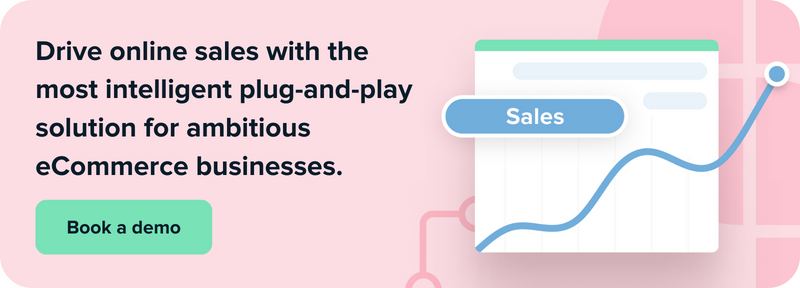
See how Salesfire can help you optimise your product discovery experience, email one of our experts at [email protected] or book a free demo of our personalisation tools.

